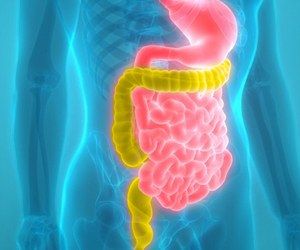
‘The inflow of calcium ions into the neurons is required to fall asleep. The pumping of the calcium ions out of the neurons is required to stay awake.’
Tweet it Now
The study, published in the journal Neuron, contributes to the understanding and treatment of sleep disorders like insomnia and sleep apnea and other associated neuro-degenerative diseases. Over a life time the amount of sleep needed gets gradually reduced, in both animals and humans.
Sleep allows the body to recover from the effects of daily life, such as removing waste products from the brain and restoring the immune system, and may use the time to process experiences and lay down long-term memories.
However, the fundamental reasons for sleep and the mechanisms by which sleep duration is regulated remain largely unknown.
"Although sleep is a fundamental physiologic function, its mechanism is still a mystery," said corresponding author Hiroki Ueda from the University of Tokyo in Japan.
Advertisement
The research group then tested their predictions against 21 different genetically modified mouse types.
Advertisement
In addition, the research group also showed that the inflow of calcium ions into neurons is required for mice to fall asleep and that pumping calcium ions out of neurons is required for mice to wake up.
"Sleep is one of the most fundamental physiological functions. From flies to humans, it seems that most animals sleep, but we still know so little about the molecular processes by which sleep duration is regulated," Ueda added.
In addition to becoming new molecular targets for sleep drugs, the genes we have identified could also become targets for drugs that treat certain psychiatric disorders that occur with sleep dysfunction, the researchers suggested.
Source-IANS















